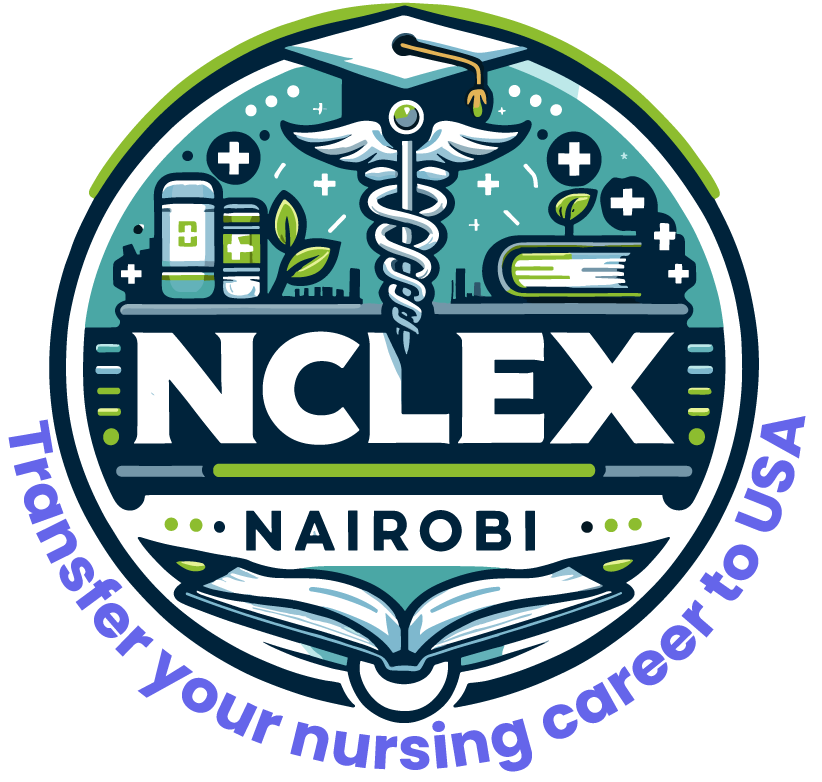
Are you a nurse with international education looking to make your mark in the United States healthcare system? The journey from being a foreign-educated nurse to practicing in the U.S. can seem daunting, but with the right guidance and resources, it’s entirely achievable. In this comprehensive guide, we’ll walk you through the essential steps and provide valuable insights to help you navigate the process seamlessly.
Understanding the Landscape
Before diving into the specifics, it’s crucial to grasp the landscape of nursing in the United States. The U.S. healthcare system is highly regulated, and licensure requirements vary from state to state. As a foreign-educated nurse, you’ll need to meet certain criteria to practice legally in the U.S. Understanding these requirements is the first step toward your goal.
Evaluating Your Credentials
The cornerstone of your journey as a foreign-educated nurse is credential evaluation. This process involves assessing your education, training, and professional experience to determine their equivalence to U.S. standards. There are several reputable organizations that offer credential evaluation services, such as the Commission on Graduates of Foreign Nursing Schools (CGFNS) and the Educational Credential Evaluators (ECE). By obtaining a favorable evaluation, you demonstrate your qualifications to prospective employers and regulatory bodies.
Bridging the Gap: Education and Training
In some cases, foreign-educated nurses may need to supplement their education and training to meet U.S. requirements. This can involve completing additional coursework, clinical rotations, or specialized training programs. Institutions like community colleges, universities, and healthcare facilities often offer programs specifically designed for internationally trained nurses. By investing in further education and training, you not only enhance your skills but also increase your competitiveness in the job market.
Navigating the Licensure Process
Obtaining a nursing license is a non-negotiable step for practicing in the United States. The licensure process typically involves passing the NCLEX-RN exam, which assesses your knowledge and competency as a nurse. Additionally, you’ll need to meet state-specific requirements, such as English proficiency exams and background checks. It’s essential to familiarize yourself with the licensure requirements of the state where you intend to practice and ensure that you fulfill all criteria before applying.
Seizing Opportunities: Employment and Sponsorship
With your credentials evaluated, education completed, and licensure obtained, you’re now ready to pursue employment opportunities in the U.S. Healthcare facilities across the country are in constant need of skilled nurses, and many are open to hiring foreign-educated candidates. Networking, attending job fairs, and leveraging online platforms can help you connect with potential employers. Additionally, some organizations offer sponsorship programs for foreign-educated nurses, providing assistance with visa applications and immigration processes.
Embracing Continued Learning and Growth
Transitioning to nursing practice in the United States is not the end of your journey—it’s just the beginning. As a healthcare professional, ongoing learning and professional development are essential for staying abreast of advancements in the field and delivering high-quality care to patients. Whether through pursuing advanced degrees, obtaining specialty certifications, or participating in continuing education programs, embracing a mindset of lifelong learning will set you up for success in your nursing career.
Conclusion
Becoming a nurse in the United States as a foreign-educated candidate is a challenging yet rewarding endeavor. By understanding the landscape, evaluating your credentials, bridging educational gaps, navigating the licensure process, seizing employment opportunities, and embracing lifelong learning, you can embark on a fulfilling career path in one of the world’s most dynamic healthcare systems. Remember, with dedication, perseverance, and the right support, the possibilities are limitless. Welcome to the journey of making a difference in healthcare—one patient, one day at a time.
